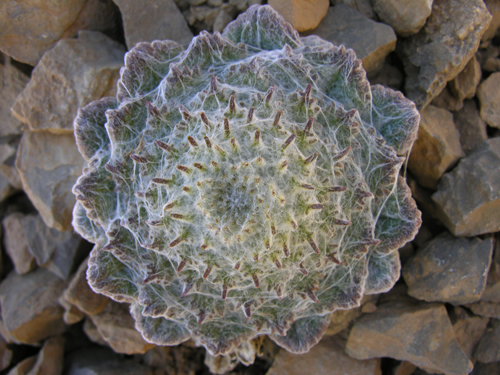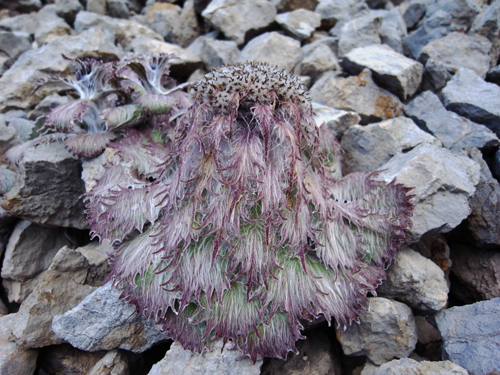Climate stresses, which include high and low temperatures, are the major factors that limit the geographic distribution of plants. Maintaining the integrity and fluidity of membranes is of fundamental importance for plants to survive high or low temperature stress. Changes in the degree of unsaturation of membrane glycerolipids, which affect membrane fluidity, are well known and occur when plants encounter low or high temperatures. At low temperatures, the degree of unsaturation of fatty acids is increased and vice versa. However, changes in lipid unsaturation are complex and require large energy inputs. If plants adapted to frequent alterations between high and low temperatures, which routinely occur in alpine and desert ecosystems, by frequently changing the degree of saturation of membrane lipids, it would be physiologically costly and a poor trade-off. Therefore, Professor LI Weiqi and his colleague hypothesize that plants maintain the same degree of unsaturation of membrane lipids and instead vary the lipid composition of the membrane by mechanisms that require less energy, to adapt to environments with frequent changes between high and low temperatures. They conducted both field and laboratory experiments and used lipidomics approache to test their hypothesis.
The field experiments were conducted in an alpine scree ecosystem of Hengduan Mountains, southwest China, which has extreme environmental conditions, in particular, high and low night-time temperatures. To exclude the potential effects of strong solar and ultraviolet (UV) radiation, which can occur in the field, a laboratory experiment was conducted in a growth chamber with daily temperature cycles of heat during the day and freezing during the night. Plant lipid profiling from both experiments indicated that remodeling of membrane lipids by head-group exchanges but maintenance of the degree of unsaturation are sued to adapt to frequent temperature alterations. Because exchanges of lipid head-groups require less energy, these results confirmed the hypothesis above.
The article “plant adaptation to frequent alterations between high and low temperatures: remodeling of membrane lipids and maintenance of unsaturation levels” has been published online on Plant, Cell & Environment (34: no. doi:10.1111/j.1365-3040.2011.02341.x).
(http://onlinelibrary.wiley.com/doi/10.1111/j.1365-3040.2011.02341.x/full)

Saussurea medusa (image by ZHENG Guowei)

Saussurea medusa (image by ZHENG Guowei)




